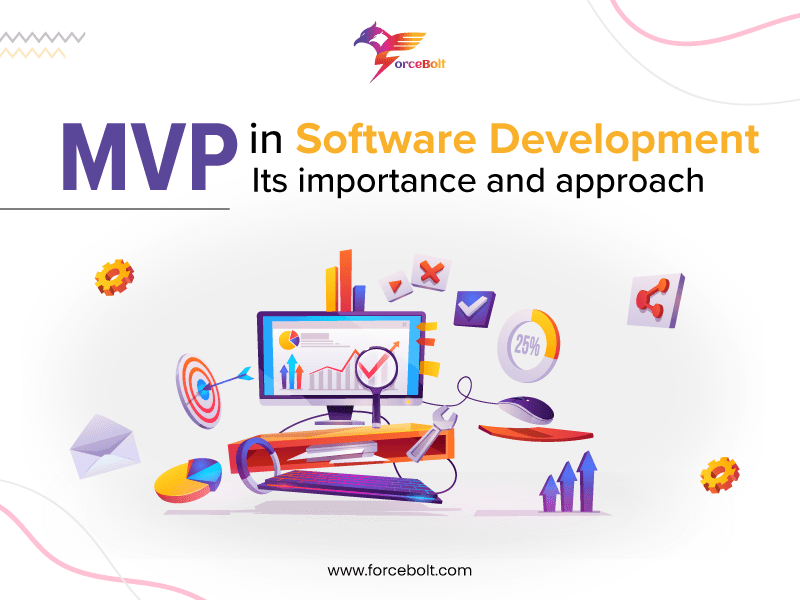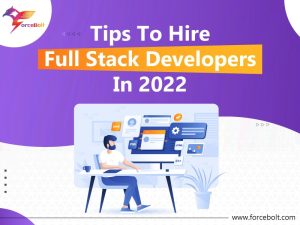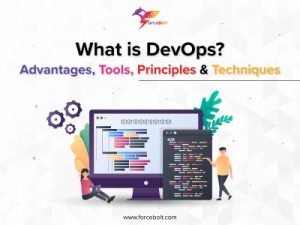Sharing is caring!
When it comes to launching a Saas-based or software-based product, estimating its performance in terms of sales can be an arduous task. Business is meant to take risks, but the risks are worthy enough. Imagine how would it be if you would gather maximum insights and its assumable customer response before actually launching the product into the market. That sounds like a fair deal, right?
This is where MVP comes to the rescue, playing the white knight.
Bottom line- the MVP or minimum viable product is that version of a product that has only some basic core features but still offers enough value to customers.
It’s a baseline of the product that helps in gathering the most crucial insights about the customer and how they are going to like it.
Using the minimum viable products as a business model test is probably becoming the next most popular scheme that startups swear by. No denying that unicorns like Uber, Dropbox, Figma and Slack started their way out with MVPs. A model with minimum cost giving the basic yet core features telling the most assured target customer response.
However, unlike the common misconception, An MVP is not a technology prototype but a way to validate its sale. It eases the process of software development by making it flexible. Adaptable.
It clarifies if the concept, creation, programming, and documenting will be able to stand in the market or will it ask for further updates.
Not only this, but it also helps in finding a new market and creating new demand for the software development through knowing if the testing is justifying the target audience’s standpoint by catering to the needs and improving and maintaining the software development and its software components.
So, why is MVP important for Software development? Let’s find out.
The term “Minimum viable product” was coined, years back by Frank Robinson and was further popularized and came into the public domain by Eric Ries, founder of the Lean Startup methodology.
For your software development, MVP can be a smart way to capture the target’s attention of early customers and make your solution unique, as it helps in,
-Release your product to market in the shortest time.
What do the greatest of software and mobile applications have in common? They all have relied on a Minimum Viable Product (MVP) process to both test the viability of their products by also build the functionality over time based on user and software testing data. They took notes from the targeted customer feedback to gradually evolve into mature apps. Thus, it’s apparent that MVP helps in maturing your product way too early- so that you can release the final version of the product in the shortest possible time.
-Reduce implementation costs.
An MVP software development, if used wisely, would help in reducing the costs enormously. Not only this, apparently, the process of software development is herculean and requires a lot in terms of bugs testing, implementation and etc.; however, using the MVP in software development helps in reducing the costs at every step of the development.
-Test the demand for your product – before releasing a full-fledged product.
The MVP is mostly about testing the market demand of the software for agile development and analyzing what will and will not work for the company. While understanding the market demand, it takes years to justify the customer demand, especially in the software development cycle. Often organizations feel that they are fulfilling the user’s need, but what happens is the exact opposite; it’s really difficult to know what the customer is seeking; in this case, MVP addresses the customer’s pain points and discovers the potential customers’ need from the product.
-Testing the UX design and everything required
Software product development with deep insights into user engagement is a tough nut to crack. Research reveals that 32 per cent of users continue an app after three months, whereas 21 per cent of people would prefer to abandon the app after one use. Thus, it’s important to know what will keep the users hooked- MVP cracks the code by providing continual value throughout the software product development. With MVP, developers get the liberty of gathering the data on how the users will interact with the product, potential app engagement, longevity and lifetime value. It also helps in accessing how quickly and early the software development company understands the purpose and flow of the product.
-Avoid failures and significant capital losses.
Software development asks for colossal capital and investment of large amounts of money. By finding what customers are actually looking for, organizations can re-work their software development by allowing more differentiation and can even come up with a new concept altogether. The approach of being minimum makes more intelligent investments in the product and helps prevent the product from becoming more complicated and sophisticated.
-Work directly with your clients and analyze their behaviours and preferences.
Coming up with the MVP in software development first helps the clients to realize their vision and re-calibrate their perspective of the product (if any). The preconceived assumptions through MVP about the product estimate the performance while helping analyze the client’s behaviour and preferences. When the process happens in front of the client, it increases the credibility of the development. The goal of the MVP in software development is majorly to avoid unnecessary costs that will not serve the product. Thus, by having the best quality must-haves, the clients become part of the development themselves.
Final Words.
The MVP process revolves around testing, and when it is done correctly, the software development process eases to the extent that working on smaller fonts leads to a better product and quicker. The approach of MVP in software development helps leverage the customer insights and prepare the go-to-market product.

Akshay Dhiman
Chief Technical Officer
The Chief Operating Officer of ForceBolt and a decisive leader who possesses a wide array of technical skills and management skills to implement operational changes by working at different levels of development. Being enthusiastic and technology proficient, he understands the importance of staying up-to-date with the latest technological transformations and provides competitive, scalable and efficient solutions. He has a good command of technical language and possesses good communication skills. Being a leader makes him a good team player, and he resonates with his priorities well.













